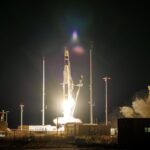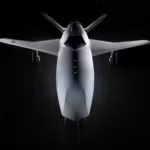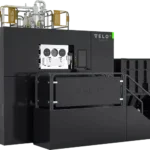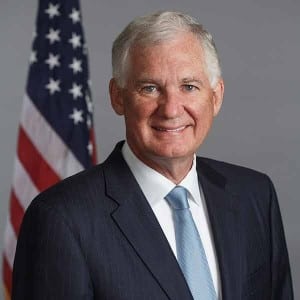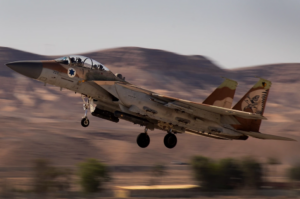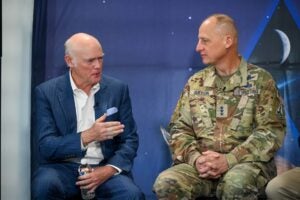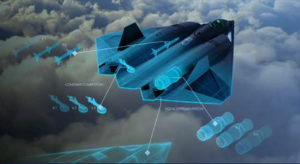
The U.S. Air Force wants pilots and other operators to bring a significant voice to the development of the Next Generation Air Dominance (NGAD) manned fighter and accompanying autonomous Collaborative Combat Aircraft (CCA). Tim Grayson, special assistant to the Air Force and the former director of DARPA's strategic technology office, told a Hudson Institute virtual forum on NGAD on June 2 that the classified program will use software as its backbone to allow the quick infusion of new technologies and…



